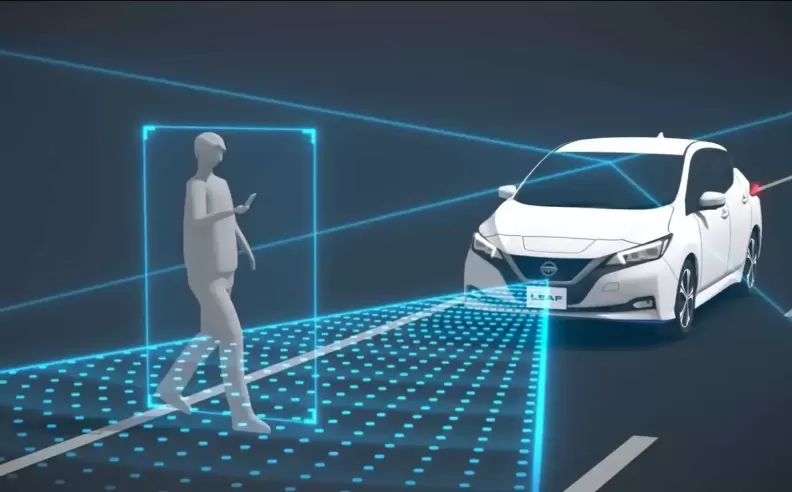
In a significant step toward enhancing road safety, the National Highway Traffic Safety Administration (NHTSA) has proposed stricter pedestrian protection crashworthiness tests. These proposed regulations aim to prioritize the safety of pedestrians, who are among the most vulnerable road users. By improving vehicle design and performance, these measures seek to minimize the severity of pedestrian injuries in the event of an accident. With the number of pedestrian fatalities remaining alarmingly high, it is time to address this critical issue and protect those who share our roads.

Pedestrian safety has become a growing concern in recent years, as the number of pedestrian fatalities continues to rise. According to NHTSA data, pedestrian deaths accounted for approximately 20% of all traffic fatalities in the United States in 2021. This alarming statistic highlights the urgent need for action to mitigate the risks faced by pedestrians.
The proposed stricter crashworthiness tests aim to address this issue by encouraging automakers to develop vehicles that provide enhanced protection for pedestrians. By focusing on mitigating injuries caused by collisions between vehicles and pedestrians, these regulations could play a pivotal role in saving countless lives.

The NHTSA's proposed regulations aim to raise the bar for vehicle manufacturers, ensuring that their vehicles meet rigorous safety standards in protecting pedestrians. Here are some key aspects of the proposed rules:
Test Enhancements: The NHTSA intends to update the existing New Car Assessment Program (NCAP) with more comprehensive and realistic pedestrian protection tests. These tests will evaluate a vehicle's ability to mitigate injuries to pedestrians in various accident scenarios, such as collisions at different speeds and impact points.
Improved Vehicle Design: The proposed regulations encourage manufacturers to incorporate pedestrian-friendly features into their vehicles' design. This includes measures such as energy-absorbing structures, impact-absorbing hoods, and advanced sensing technologies that can detect and react to the presence of pedestrians.
Evaluation of Active Safety Systems: The NHTSA aims to evaluate the effectiveness of active safety systems, such as automatic emergency braking (AEB), in preventing or mitigating pedestrian accidents. Vehicles equipped with advanced safety technologies may receive higher safety ratings, providing an incentive for manufacturers to prioritize such features.
Increased Compliance Requirements: The proposed regulations may introduce stricter compliance requirements for manufacturers to ensure that their vehicles meet the proposed pedestrian protection standards. This will help raise the overall safety standard across the industry and promote the adoption of advanced safety technologies.
Implementing stricter pedestrian protection crashworthiness tests can have far-reaching benefits for both pedestrians and the broader community:
Saving Lives: By encouraging automakers to develop safer vehicles, these regulations have the potential to significantly reduce pedestrian fatalities and injuries. Enhanced crashworthiness will ensure that even in the event of an accident, the impact on pedestrians is minimized.
Encouraging Technological Advancements: Stricter regulations incentivize automakers to invest in research and development to improve their vehicles' safety features. This will accelerate the adoption of innovative technologies, such as pedestrian detection and collision avoidance systems, creating a positive feedback loop of continuous safety improvements.
Raising Public Awareness: The introduction of stricter crashworthiness tests can raise public awareness about pedestrian safety and the need for responsible driving behavior. Education campaigns and initiatives can complement these regulations, fostering a culture of pedestrian protection and mutual respect on the roads.

Wael is an automotive content writer specializes in creating written content for Motor 283. Producing a wide range of content, including blog posts, articles, product descriptions, reviews, and technical guides related to cars, trucks, motorcycles, and other vehicles, with an unprecedented passion for cars, and motorcycles.

